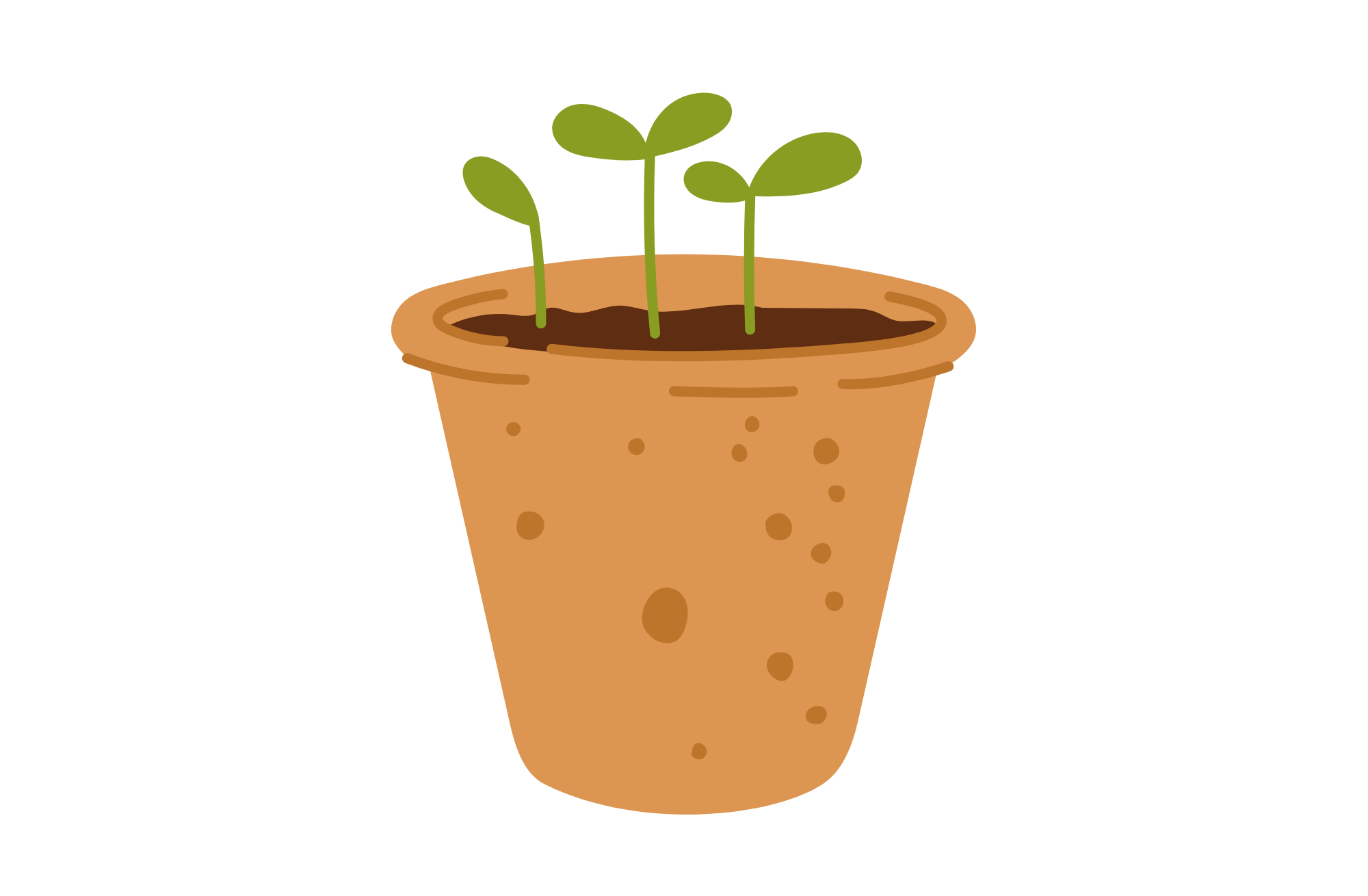Sowing Seeds for Community Impact

La Niña is over and the spring we remember is on its way. Patrons will soon be on the hunt for gardening supplies and information. Some libraries will be able to provide much more than that. Over the last twenty years, public libraries across the country have introduced seed collections as a service to their patrons. The first seed exchange program, Bay Area Seed Interchange Library (BASIL) started at Berkeley Ecology Center. Hudson Valley Seed Library (HVSL) out of the Gardiner Public Library is credited with the first public library program, starting in 2004.
DISTRIBUTING AND/OR EXCHANGING SEEDS
Seed collections range from seed distribution to seed exchanges. Distribution refers to collecting and distributing retailer-sourced or donation-sourced seeds. Creating an exchange is a larger endeavor that includes accepting seeds to curate and share later.
Cleveland Public Library highlights their partnership with the Cleveland Seed Bank and how they distribute and promote sharing in the community.
Augusta County Public Library, in Virginia, distributes and collects seeds.
After attending a conference session in 2016, Rachael Phillips, Adult Services Manager at Augusta County Library, was eager to begin. “I was interested in the historical aspect of saving seeds. We focus on sustainability,” she said. Phillips’ community cherishes their history and the connection with food and growing. “It took about a year to get going, after doing research,” Phillips added. After seven years, the project became self-sustaining, with a jump-start after the Covid-Pandemic. Seeds are now available at all seven library locations. “I would encourage anyone thinking about it to start. It is a low-stakes project and patrons love it,” Phillips added.
GROWING YOUR OWN SEED LIBRARY
Dig up information to see if there is a current program in your area. There may be a partner willing to include your location as a pick-up/ drop-off point or provide information on local resources. Most importantly, ensure your project complies with state agricultural law, created to properly regulate seeds and distribution. Common partners in current seed libraries are:
Sprouting a collection with no partners is also doable. Do you know the difference between a conventional and heirloom seed? Do you have a green thumb on staff? If not, the following resources provide materials and training videos to help you decide the scale and purpose of your project.
Any type of seed library would benefit from some common materials, according to Richmond Grows resource website.
- Cabinets for seeds
- Seeds
- Labels for the outside of the drawers
- Labels for dividers (in drawers)
- Dividers for diverse types of seeds
- Wooden dividers for the drawer
- 1-2 stamps for checking in and out
- 1-2 stamp pads
- Envelopes for borrowing seeds
- A ledger (either online or in-person) for checking out and donating/returning seeds.
PROGRAM AND MARKETING IDEAS
Once the collection is ready, you’ll want to let people know through marketing, creative programming, or both. Here are some ideas from seasoned and newer programs.
Create a state-wide program initiative like One Michigan One Seed.
Offer series of educational programming from expert partners like, Penn State Extension Master Gardener Program.
Celebrate National Seed Swap Day like Carroll County Public Library in Maryland.
Talbot County Free Library in Maryland maintains a Seed Library Facebook group.
GRANTS
According to Phillips, seeds and a logbook are all you really need to get started. But if you’re looking for more funds or freebies, check out the following organizations.
Libraries Transform Communities Engagement Grant – Applications re-open in December 2023
Native Seed Community Seed Grant
Tags: publiclibraryseedlibraries, seeddistribution, seedexchange, seedlibraries, seedlibrary












